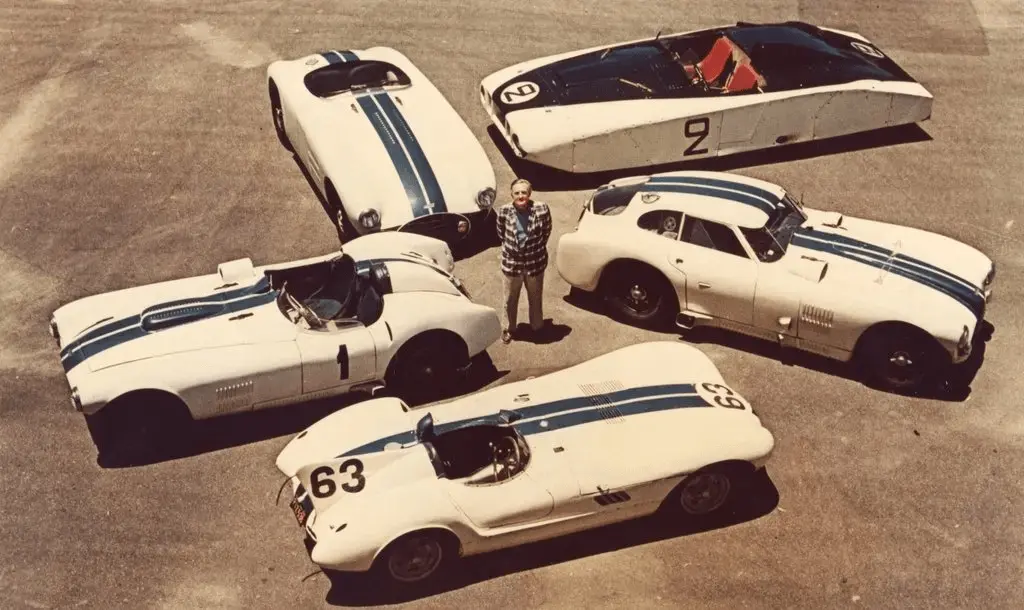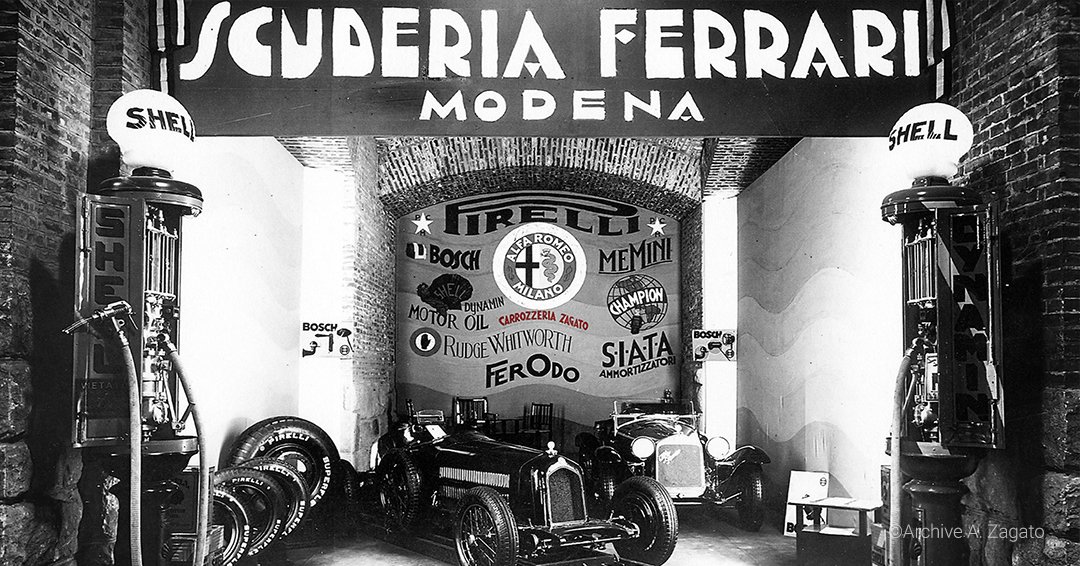Cunningham. The American dream at Le Mans
01 November 2023 2 min read 5 images

Photo credit: The Collier Collection, Revs Institute, Wheelsage
Briggs Cunningham, the son of a wealthy entrepreneur from Cincinnati, developed the idea of establishing his racing team in the late 1930s, primarily due to his connection with the Collier family, with whom he participated in the 1939 Le Mans 24-hour race, driving an MG. The Colliers, who are prominent collectors today, were the founders of the Automobile Racing Club of America, later renamed the Sports Car Club of America (SCCA) in 1944. Cunningham began his journey, eventually becoming an automobile constructor under his own name, in the post-World War II era. He began with a hybrid called the “Bumerc” (that combined a Buick 8V engine with a Mercedes-Benz chassis) and later with an MG TC and a Ferrari 166.
Register to unlock this article
Signing up is free and gives you access to hundreds of articles and additional benefits. See what’s included in your free membership. See what's included in your free membership.
Already have an account? Log In


